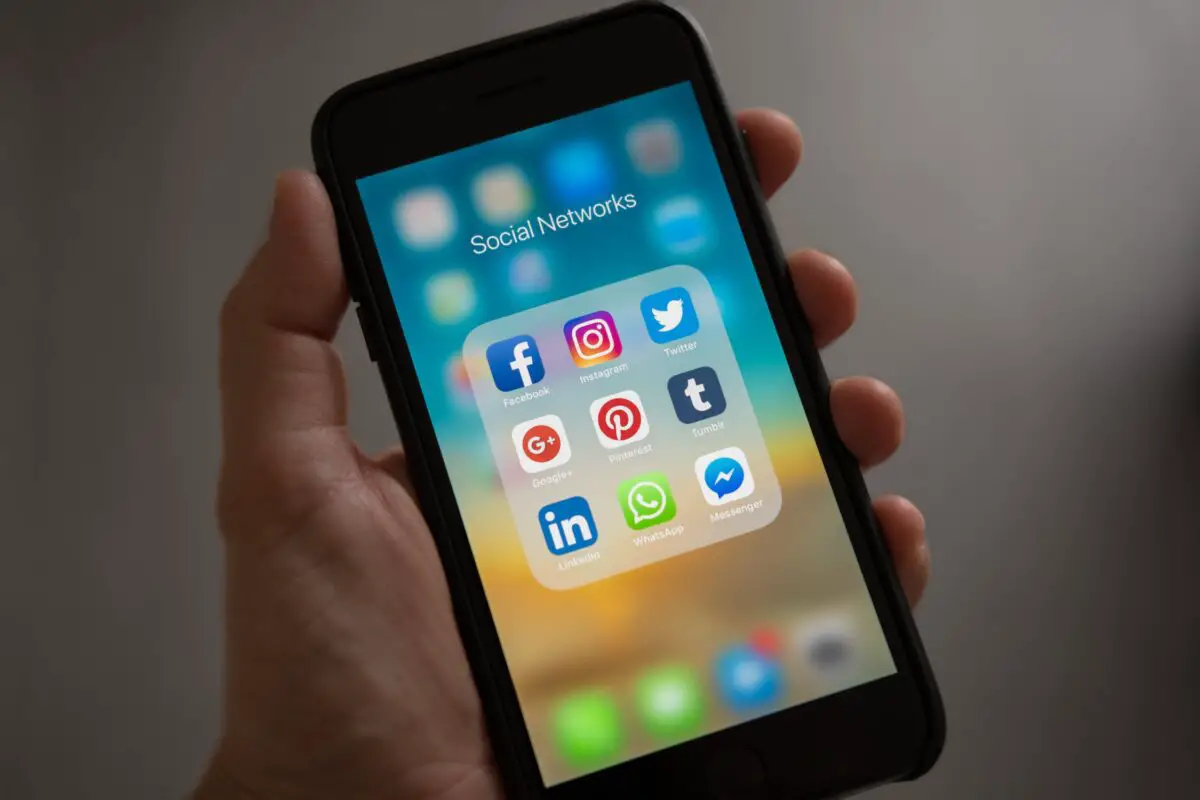Introduction to Nintendo and Generative AI
Imagine stepping into the world of video game development and hearing about the latest trends and technologies, only to find out that a major player, Nintendo, is taking a unique stance. Recently, Nintendo announced its decision not to use generative AI in its first-party games. Let’s explore what this means, the implications, and the broader context in the world of gaming and AI.
What is Nintendo?
1. What is Nintendo Known For?
Nintendo is a Japanese multinational consumer electronics and video game company. Founded in 1889, it originally produced handmade playing cards. Today, Nintendo is renowned for creating some of the most iconic video game franchises, including Super Mario, The Legend of Zelda, and Pokémon. The company is celebrated for its innovation, creativity, and commitment to high-quality gaming experiences.
2. What are First-Party Games?
First-party games are video games developed internally by the hardware manufacturer. In Nintendo’s case, these are games created by Nintendo’s own development teams, often featuring their flagship characters and franchises. Examples include titles like “Super Mario Odyssey,” “The Legend of Zelda: Breath of the Wild,” and “Animal Crossing: New Horizons.”
What is Generative AI?
3. What is Generative AI?
Generative AI refers to a subset of artificial intelligence that can generate new content, such as images, text, music, or even game levels. This technology uses machine learning models to understand patterns and then create new instances that mimic the input data. Popular tools like GPT-4, developed by OpenAI, are examples of generative AI used to create human-like text.
4. How is Generative AI Used in Gaming?
In gaming, generative AI can be used to create dynamic game content, such as procedurally generated levels, character dialogues, and even entire game environments. This technology helps developers create vast, varied, and immersive worlds without manually designing every element.
Why is Nintendo Avoiding Generative AI?
5. Why Won’t Nintendo Use Generative AI in Its First-Party Games?
Nintendo has decided not to incorporate generative AI into its first-party games. The company believes in maintaining a hands-on approach to game development, emphasizing human creativity and craftsmanship. Nintendo’s unique development philosophy prioritizes deliberate design choices and personal touches that align with their brand identity and quality standards.
Where is Generative AI Making an Impact?
6. Where Else is Generative AI Being Used?
While Nintendo is avoiding generative AI, many other sectors are embracing it. In gaming, companies like Ubisoft and Electronic Arts are exploring AI to enhance game development. Outside of gaming, generative AI is used in creating content for movies, marketing, personalized recommendations, and even art and music generation.
Who is Behind Nintendo’s Decision?
7. Who Made the Decision at Nintendo?
The decision to avoid generative AI in Nintendo’s first-party games is likely influenced by the company’s leadership, which includes Shuntaro Furukawa, the current president of Nintendo. The leadership team at Nintendo has a history of prioritizing unique, high-quality gaming experiences over following industry trends.
FAQs About Nintendo and Generative AI
1. What makes Nintendo’s games unique?
Nintendo’s games are known for their innovative gameplay, iconic characters, and high-quality storytelling. The company’s emphasis on creativity and player experience sets its games apart.
2. How does generative AI work?
Generative AI uses machine learning models to analyze and learn from data patterns, enabling it to create new content that mimics the original data.
3. Why are some companies embracing generative AI?
Companies embrace generative AI for its ability to automate content creation, enhance creativity, and reduce development time and costs.
4. What are some risks of using generative AI in games?
Risks include loss of creative control, potential ethical issues, and the creation of content that lacks the personal touch of human designers.
5. Can we expect Nintendo to use AI in other areas?
While Nintendo avoids generative AI in game design, it may still explore other AI applications, such as enhancing user experiences or improving game performance.
Conclusion: Nintendo’s Stance on Generative AI
Nintendo’s decision to avoid generative AI in its first-party games highlights the company’s commitment to human creativity and high-quality gaming experiences. While the gaming industry continues to explore AI’s potential, Nintendo remains steadfast in its approach, ensuring that every game they release is crafted with a personal touch that resonates with players worldwide. As AI technology evolves, it will be interesting to see how Nintendo adapts while staying true to its core values.











